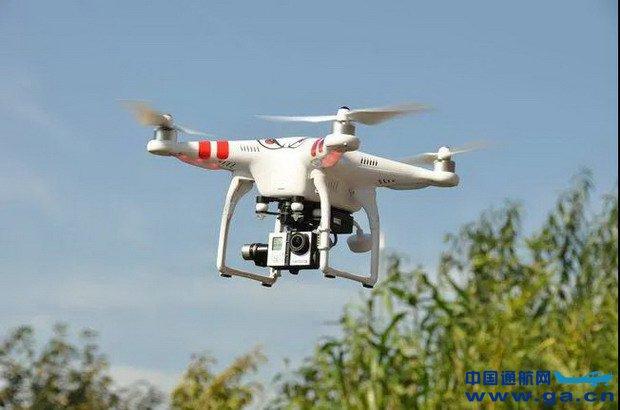The Predator drone aircraft has become a symbol of advanced military technology in recent years, providing unparalleled reconnaissance and strike capabilities. Originally developed by General Atomics Aeronautical Systems, the Predator drone, also known as the MQ-1, has been instrumental in revolutionizing the dynamics of modern warfare with its sophisticated design and functionality.
At the heart of the Predator’s success is its ability to perform multiple roles on the battlefield. Primarily utilized for intelligence, surveillance, and reconnaissance (ISR), these aircraft are equipped with state-of-the-art camera systems that can capture high-resolution images from altitudes exceeding 25,000 feet. This capability allows commanders to make informed decisions by accessing real-time data, thus enhancing situational awareness and strategic planning.
Stealth and Precision
The predator drone aircraft’s design underscores the importance of stealth and precision in modern warfare. Its sleek profile reduces radar detectability, allowing it to operate discreetly within hostile territories. The integration of GPS systems further reinforces its precision-targeting capabilities, ensuring that missions are executed with minimal collateral damage.
Further, the Predator is equipped with Hellfire missiles, enabling it to perform strategic strikes with remarkable accuracy. The ability to conduct surgical attacks without risking pilot lives underscores the synergy between technology and strategy, making the Predator an invaluable weapon for counter-terrorism operations.
Technological Evolution
The evolution of the Predator drone aircraft continues as advancements in artificial intelligence (AI) and machine learning are integrated into its systems. These technologies enhance autonomous operation, allowing drones to anticipate threats and respond swiftly. Additionally, the introduction of enhanced sensors strengthens its ISR capabilities, paving the way for more robust and extended operational deployments.
The Predator’s ability to operate continuously for over 24 hours is critical for missions requiring prolonged vigilance and rapid response. This endurance, combined with its adaptability to various climates and terrains, underpins its versatility as a multi-environment surveillance tool.
The Global Impact
As countries expand their UAV programs, the predator drone aircraft serves as a benchmark for developing similar technologies. Its successful deployment in conflict zones has led other nations to invest in similar drone technology, seeking to bolster their military arsenals.
Despite its military origins, the Predator’s capabilities have opened discussions about civilian applications, such as border patrol and disaster management. The potential to adapt military-grade technology for peacetime operations is an exciting prospect that continues to be explored.
Potential Challenges and Ethical Considerations
With the proliferation of drones comes inevitable discourse on ethics and privacy. The predator drone aircraft’s ability to track individuals with precision raises questions about autonomy and the moral implications of such surveillance. It remains crucial to balance technological advancements with regulatory frameworks to protect civil liberties.
Furthermore, relying on drones as a primary means of operation can oversimplify complex geopolitical issues, necessitating careful consideration in military strategy discussions.
Frequently Asked Questions
Q1: What is the endurance of a Predator drone?
A: A Predator drone can operate for over 24 hours continuously, making it suitable for long-term surveillance missions.

Q2: Are Predator drones used for civilian purposes?
A: While primarily military, Predator drones hold potential for civilian applications such as environmental monitoring and border patrol.
Q3: How does the Predator ensure minimal collateral damage during strikes?
A: The Predator uses GPS-guided Hellfire missiles for precise targeting, minimizing unintended impacts in military operations.